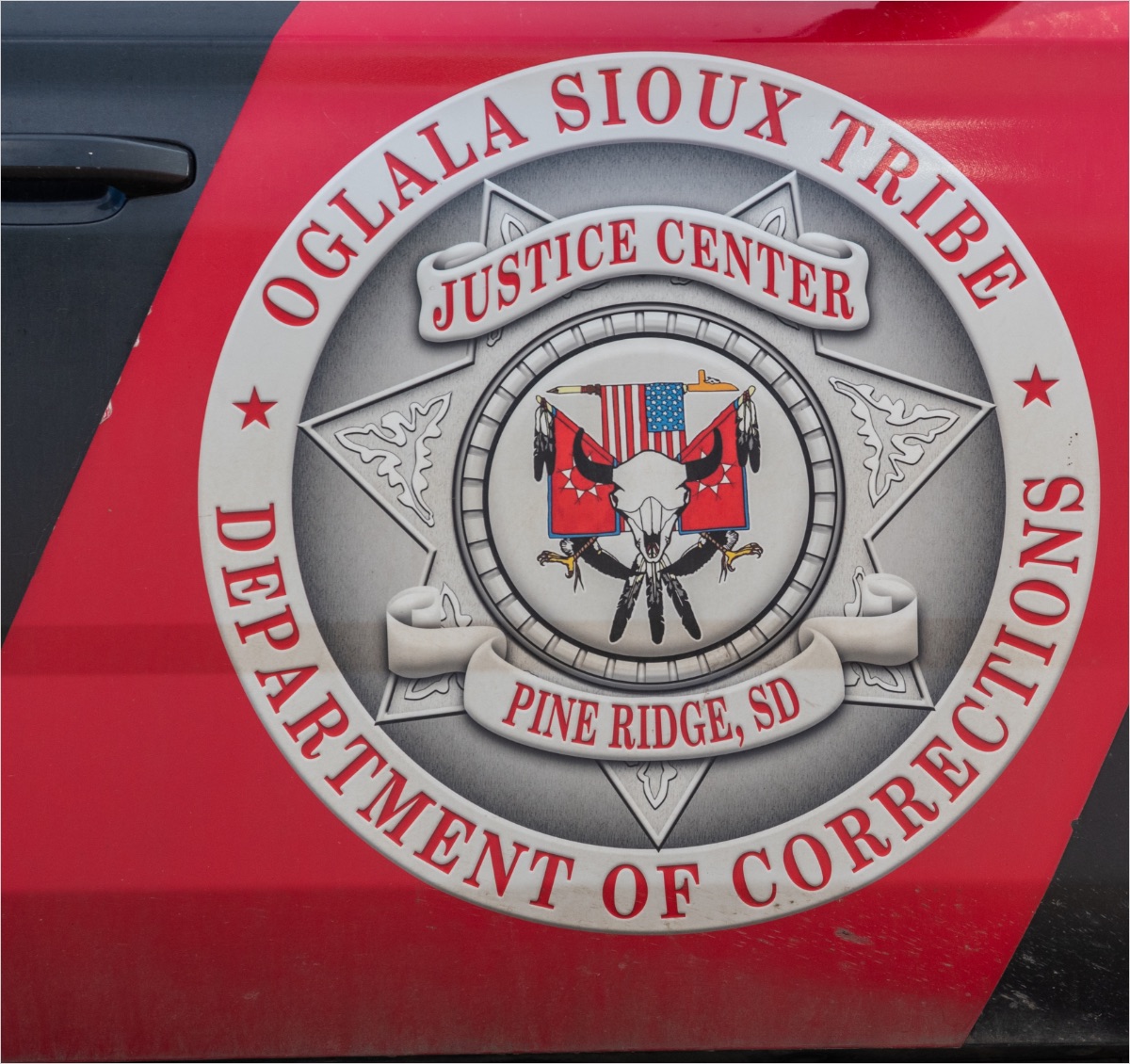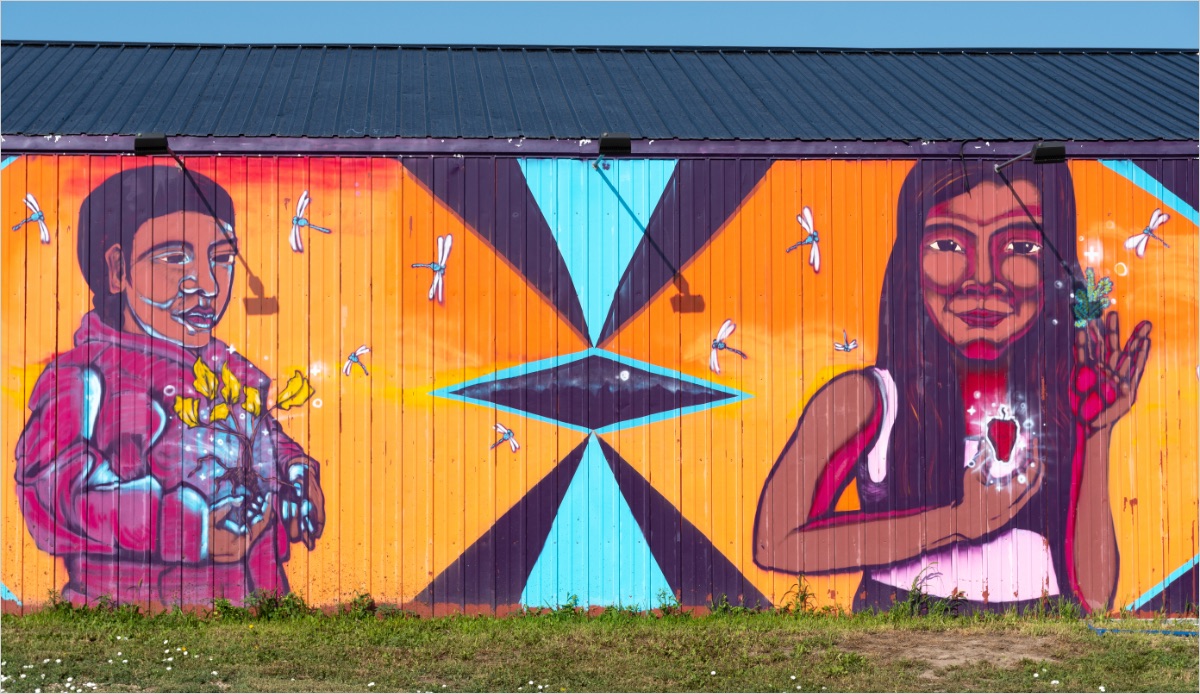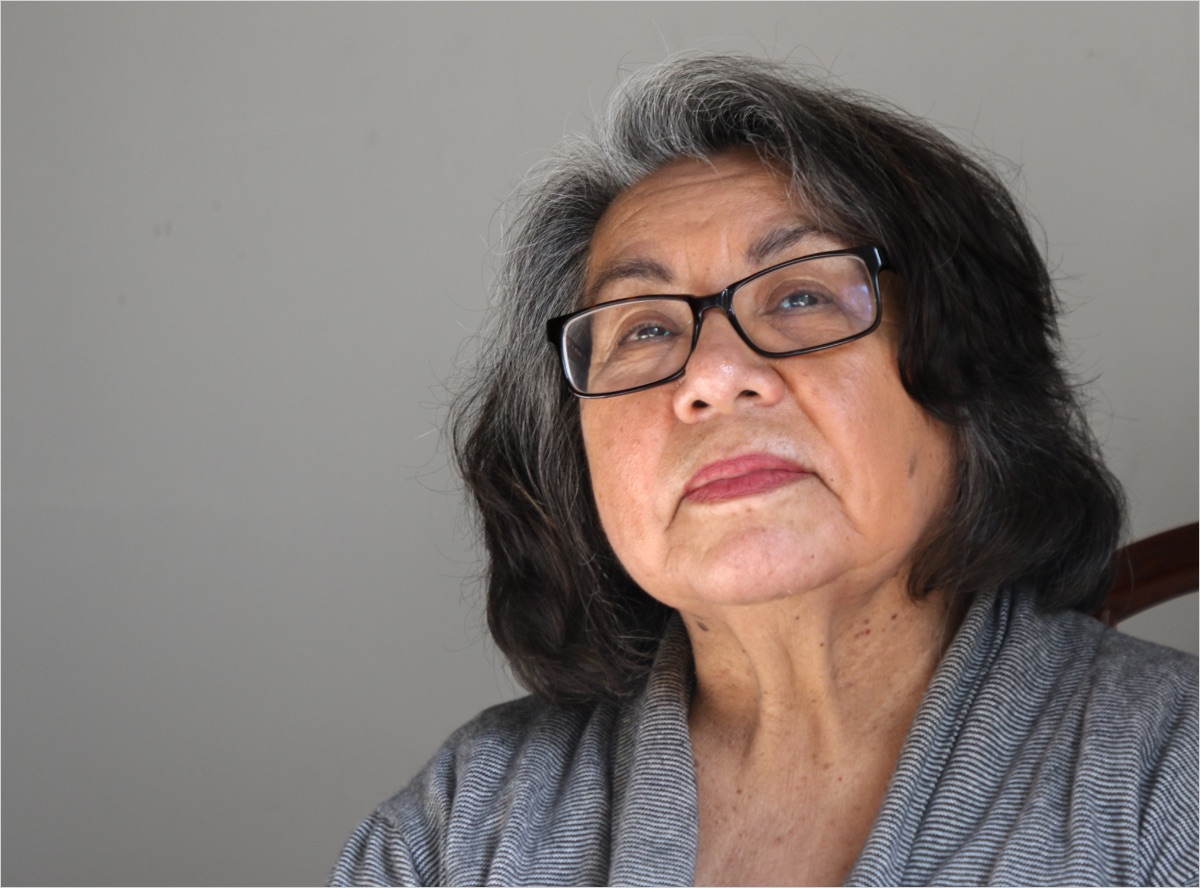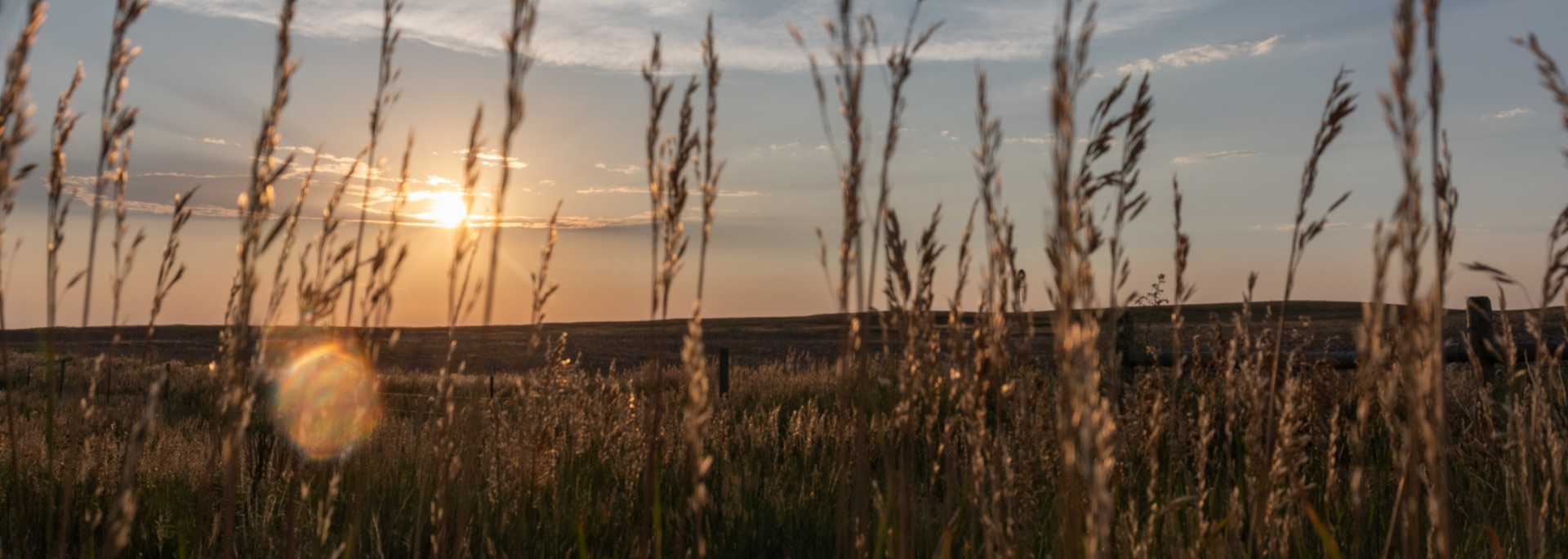Chapter 4
Pathways to justice
Despite the problems of tribal authorities and limitations on their courts, many former U.S. attorneys believe the tribal justice system would be the most effective in dealing with crimes, such as child sexual abuse.
“I think that tribal investigators in these cases, in many instances are as skilled, if not more skilled, in investigating them than federal agents,” said Trent Shores, the former U.S. attorney in Oklahoma, who has also advised on Native American and Alaska Native issues at the federal level.

In addition to Shores, former U.S. attorneys from Arizona, Colorado, North Dakota and South Dakota — whose territories include some of the largest reservations — told the Howard Center that the long-term solution is to give tribes the authority and resources to prosecute crimes that occur on their own lands in the same way that states do.
To enable this would require what’s known as an “Oliphant fix” — overturning the precedent set in the U.S. Supreme Court decision Oliphant v. Suquamish Indian Tribe, which established that tribes do not have jurisdiction over non-Indian offenders.
The 2010 Tribal Law and Order Act began that shift, however slight. In addition to mandating that closure and declination rates by the FBI and U.S. attorney’s offices be made public, it also offered a framework for training tribal law enforcement and increasing the sentencing power of tribal courts, provided they adhere to a set of judicial procedures aimed at ensuring a fair trial.
But even the Navajo Nation’s justice system has yet to implement all the necessary judicial updates.
Those in favor of the “Oliphant fix” say that steps need to be taken to increase tribal justice capacity now, and that starts with more police and judicial funding and implementing regulatory changes that ensure the constitutional rights of all defendants.
“Over time, we need to empower tribes locally,” said Timothy Purdon, the former U.S. attorney for the district of North Dakota, “in a matter of self-determination.”
The 2021 attempt to reauthorize the Violence Against Women Act, which the House of Representatives passed on March 17, allows tribal jurisdiction over non-Native defendants in cases of child sexual abuse. It’s not clear yet how that bill will fare in the Senate. But an effort to include children in the law during the Act’s 2013 reauthorization negotiation failed to get the necessary votes, said Eid, the former U.S. attorney in Colorado.
Resistance to expansions of tribal court sovereignty, such as in the Violence Against Women Act, arise out of concerns that non-Indians will be treated unfairly by tribal court systems.
“Racism and prejudice towards tribes in our states is alive and well,” said Brendan Johnson, the former U.S. attorney for South Dakota. “The idea that you could have a, you know, Native American jury or Native American judge sitting in judgment of you, some people just, you know, they can’t accept that.”

In the void between the federal government’s prosecution of major crimes in Indian Country and Native Americans’ limited judicial authority, tribes are taking a variety of approaches to healing and justice.
Child psychologists like Dolores Subia BigFoot, an enrolled member of the Caddo Nation of Oklahoma with an affiliation with the Northern Cheyenne Tribe of Montana in which her children are enrolled, say that basic sexual education would go a long way toward combating the problem — fundamentals like consent aren’t being taught to Native children. “If you feel like you don’t own your own body then how can we help really make a dent in understanding how to stop child sexual abuse?” she asked.
BigFoot also said traditional healing ceremonies can help and recalled one for a woman who was first sexually abused as a child that focused on her life and accomplishments. “I think there’s opportunities for healing in different ways,” BigFoot said, “to allow mercy and grace to overcome the part that justice doesn’t.”
Barbara Bettelyoun, a member of the Rosebud Sioux Tribe in South Dakota and the Shakopee Mdewakanton Sioux Community of Minnesota with doctorates in child development and child clinical psychology, agrees. She runs Buffalo Star People, a nonprofit that uses “healing circles” to help adult survivors of childhood sexual abuse. “We need to understand that when children are sexually abused, it creates a lifelong wound,” she said.

Amber Kanazbah Crotty, one of only three women on the Navajo Nation’s 24-member legislative body, is working to revitalize the family advocacy centers across Navajo Nation, which help children who report sexual abuse. These facilities provide forensic interviewing and physical evidence collection to help with prosecution. They also offer victim services that will give children a chance to tell their story to foster self-healing.
She is also working with Christine Benally and other advocates to expand the Navajo Nation’s three-year statute of limitations for child sexual abuse cases so more cases that get federally declined can be handled in tribal court.
Crotty is aware of the sensitivity surrounding the Justice Department’s declination of Indian Country cases. She likens the “gentle pressure” used in negotiations with her federal partners to how she guides a horse to do what she needs: “just put enough pressure.”
“At every level we have to be accountable (for) what’s happening to our children,” Crotty said. “I cannot depend on an investigator or a court system to provide or to make that person whole.”

 Previous Chapter
Previous Chapter